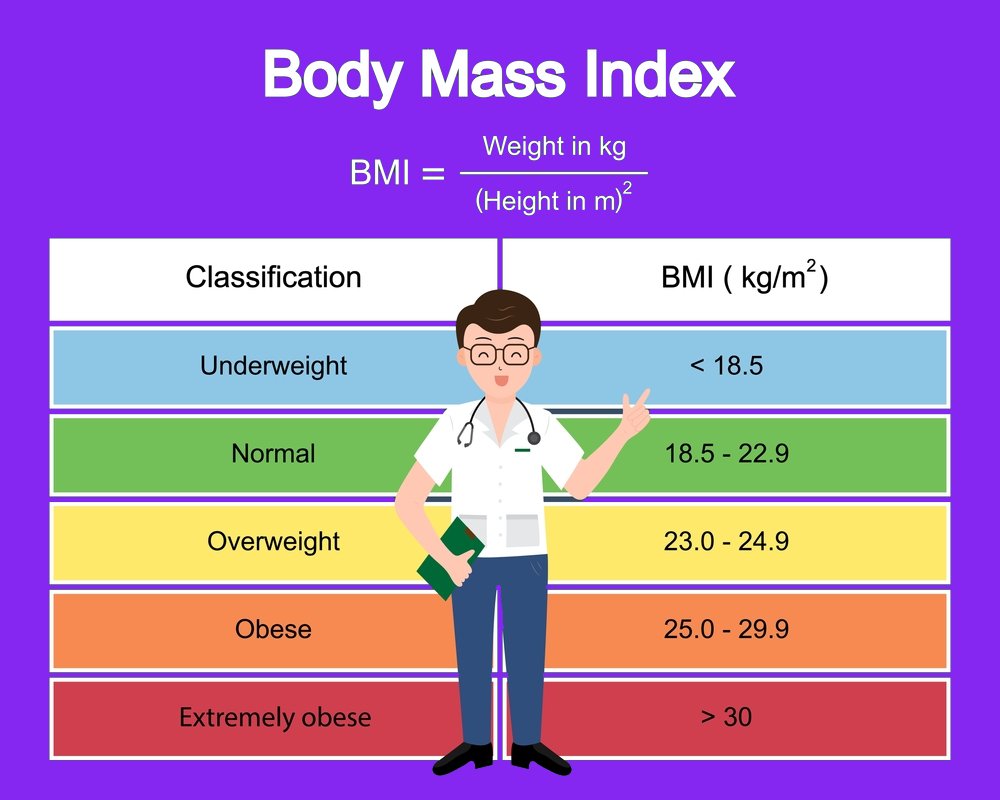Your Health Metrics
BMI Results
Your BMI
--
Ideal Weight Range
--
Body Fat Percentage
--
Daily Calorie Needs
At Rest (BMR)
--
With Activity (TDEE)
--
BMI Scale
Weight vs. BMI Analysis
Health Recommendations
Enter your details to get personalized health recommendations.
BMI Calculator for Men
Introduction to BMI
What is BMI and why it matters
BMI (Body Mass Index) is a widely used method to assess your body weight in relation to your height. It’s a quick and simple tool to help determine if you’re in a healthy weight range — or at risk of health issues like heart disease or diabetes.
Why men should track BMI
For men, maintaining a healthy BMI can lead to:
Better cardiovascular health
Improved energy and stamina
Lower risk of chronic diseases
Better testosterone and hormone balance
It’s not just about looks — it’s about longevity and quality of life.
How BMI is Calculated
BMI formula (metric and imperial)
Metric:
BMI = weight (kg) ÷ height (m²)Imperial:
BMI = (weight in pounds ÷ height in inches²) × 703
Easy ways to calculate BMI
You can do it manually or just use any reliable BMI calculator for men online. Enter your weight and height, and you’re done in seconds.
BMI calculator vs manual calculation
While manual calculations are accurate, online calculators are faster and usually include charts or guidance on what your result means.
BMI Ranges for Men
Underweight (BMI < 18.5)
This could indicate nutritional deficiencies or a medical issue. It might also impact energy levels, immunity, and muscle growth.
Normal weight (18.5 – 24.9)
This is the ideal BMI range for most men. It reflects a balance between muscle and fat, and is associated with the lowest health risks.
Overweight (25 – 29.9)
You’re slightly over the ideal weight. It’s common in men with busy or sedentary lifestyles. Time to add some exercise and healthy meals to your routine.
Obese (30 and above)
Divided into:
Class 1 Obesity: 30 – 34.9
Class 2 Obesity: 35 – 39.9
Class 3 (Severe): 40+
Obesity in men can lead to type 2 diabetes, heart issues, joint pain, and even erectile dysfunction.
Unique Considerations for Men
Muscle mass and BMI confusion
Muscles weigh more than fat. So, if you lift weights or play sports, your BMI might put you in the overweight range — even if you’re lean and healthy.
Age-related BMI changes in men
As men age, metabolism slows down, muscle mass declines, and fat tends to accumulate in the belly area. That’s why BMI should be monitored consistently.
Lifestyle and testosterone impact
Stress, lack of sleep, and poor diet can reduce testosterone, which can lead to fat gain and muscle loss — directly impacting BMI.
Limitations of BMI for Men
BMI doesn’t measure body fat
BMI is a general estimate. It doesn’t differentiate between fat, muscle, or bone.
Misclassification in fit men
A muscular man might have a BMI of 28 or 30, but still be incredibly healthy. That’s why athletes often ignore BMI.
Complementary Metrics to Use
Waist circumference
Men with a waist size over 40 inches (102 cm) are at greater risk of health problems — even if BMI is normal.
Body fat percentage
This is often a better measurement than BMI for men. Fitness trackers and smart scales can estimate this accurately.
Waist-to-height ratio
Your waist should be less than half your height. This simple trick gives a more realistic idea of fat distribution.
Tips for Maintaining a Healthy BMI
Nutrition tips for men
Eat protein-rich meals
Avoid excess sugar and fried foods
Include vegetables, whole grains, and healthy fats
Stay hydrated — it helps manage hunger and metabolism
Fitness routines for weight control
Try a mix of:
Cardio (running, cycling, swimming)
Strength training (weightlifting, bodyweight workouts)
Mobility exercises (stretching, yoga)
Aim for at least 150 minutes of moderate activity per week.
Stress, sleep, and hormonal balance
Poor sleep or chronic stress boosts cortisol levels — which increases fat, especially around the belly. Get 7–9 hours of sleep, and manage stress through breathing, hobbies, or nature walks.
Conclusion
The BMI Calculator for Men is a practical tool to check whether your weight is within a healthy range. But remember — it’s not the full story. Combine BMI with waist size, body fat percentage, and a general assessment of your lifestyle to get a clearer picture. Use BMI as a compass, not a judgment. Stay active, eat clean, sleep well — and let your health follow.
FAQs
1. What is the ideal BMI range for men?
The ideal BMI for men is 18.5 to 24.9. This range is associated with the lowest risk of heart disease, diabetes, and other health issues.
2. Does muscle affect BMI accuracy?
Yes, it does. Muscular men often have high BMIs, even though they’re not overweight or unhealthy.
3. Is BMI a good tool for men over 50?
BMI is helpful, but men over 50 should also monitor waist size, body fat, and lifestyle factors due to slower metabolism.
4. How can I lower my BMI safely?
Combine healthy eating, regular exercise, and good sleep habits. Avoid crash diets or overtraining.
5. How often should men check BMI?
Once every 2–3 months is enough for general health tracking. If you’re on a fitness journey, check monthly with other metrics.
The BMI Calculator for Men helps determine if your weight is healthy for your height and age. This simple yet powerful tool is designed with men’s unique body structure in mind, including muscle mass and metabolic differences. Learn how to calculate your BMI, what your score means, and how to maintain a fit, healthy body. Ideal for fitness tracking, health checks, and long-term wellness planning.

Check Your BMI Instantly – It's Free
Calculate your Body Mass Index in seconds using our powerful online BMI calculator. Know your health status and take control today — no sign-up required!